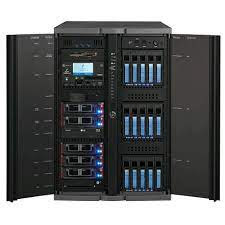Physical Forensics Lab | Best Physical Evidence In Forensic Science
The use of physical evidence in forensic science is a process of determining the facts surrounding a crime by examining and analyzing tangible objects. The goal is to find out what happened and who may have been involved.
Physical evidence includes fingerprints, hair, fibers, blood, and DNA samples. These are collected from the crime scene or from the victim's body as well as from potential suspects. Physical evidence can also be found on weapons or at the scene where a crime was committed.
Physical evidence is used to identify people and link them to crimes. It is also used to show that someone had contact with an object that was at a crime scene or with someone who was injured during the commission of a crime.
Physical evidence is considered to be the most important type of evidence in a criminal investigation.
Physical evidence can be many different things. For example, a fingerprint on a door handle, an eyewitness who saw the perpetrator at the crime scene, or even the victim's blood on the perpetrator's clothes.
Physical evidence in forensic science plays an important role in forensic science to help solve crimes. The physical evidence that is collected is analyzed and compared with other types of physical evidence to make conclusions about what happened during a crime



Comments
Post a Comment